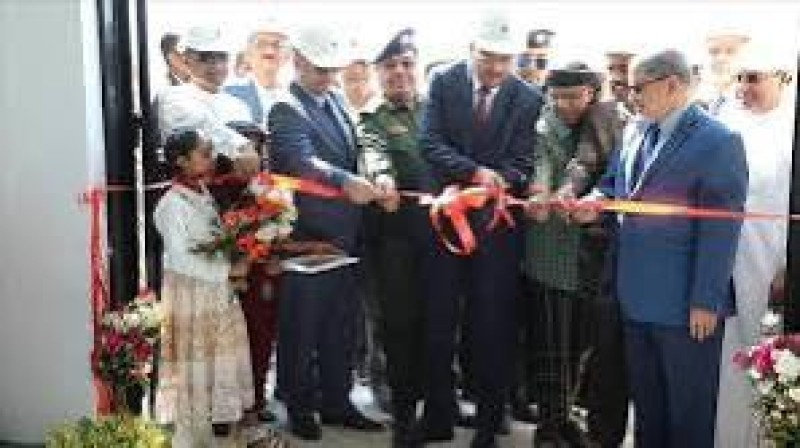Yemen Food Security Outlook, October 2021 to May 2022


KEY MESSAGES
After escalating in September, high levels of conflict in Marib persisted into late October as forces of the Sana’a-Based Authorities (SBA) continued gaining territory. Driven by conflict, high levels of displacement and re-displacement are putting more pressure on limited community resources and increasing humanitarian needs among a growing displaced population. From October 3 to 16 alone, around 25,000 people were newly displaced in the governorate.
As of late October, the only major supply route into Marib City fully controlled by the Internationally-Recognized Government (IRG) is the eastern Hadramaut road. It is now considered most likely that SBA forces will take control of Marib City within the projection period. As households in Marib City anticipate this possibility, those who can afford to do so are likely stockpiling essential commodities. Due to increased consumer demand and trade disruptions including longer travel routes, traders are expected to be further increasing prices.
Despite large-scale humanitarian assistance in Yemen—which provides a key source of food and income for around half the population—food gaps persist for many households due to both high levels of need and challenges in targeting. Across most of the country, Crisis (IPC Phase 3) and Crisis! (IPC Phase 3!) outcomes are expected to persist throughout the projection period at the governorate level alongside deteriorating purchasing power, with worst-affected households expected to face Emergency (IPC Phase 4) or Catastrophe (IPC Phase 5) outcomes. In Marib, should SBA forces take Marib City, humanitarian assistance is expected to be disrupted for around one to two months as humanitarians negotiate access. During this time, widening consumption gaps and Emergency (IPC Phase 4) outcomes are likely for worst-affected households—particularly among recently displaced households expected to have lower levels of income and limited coping capacity.
Overall, the rate of depreciation of the Yemeni Rial (YER) has accelerated in IRG areas, despite a period of appreciation in early October alongside the announcement of an additional round of the Letter of Credit import financing mechanism. As of October 31, the exchange rate in Aden depreciated to reach 1,350 YER/USD, a 15 percent depreciation compared to the same time last month. Rapid depreciation later in October is at least partially attributed to traders in Marib purchasing foreign currency in anticipation of SBA forces taking Marib City and enforcing the SBA ban on new banknotes.

Aden — Ports under the authority of Yemen’s internationally recognized government have received more than two million metric tons of fu…

Mukalla — Local authorities in Hadramout have announced the inauguration of Yemen’s first solar-powered cement station, a landmark proj…

AbuDhabi -- The United Arab Emirates has pledged $1 billion to bolster Yemen’s electricity sector, marking one of the largest development com…